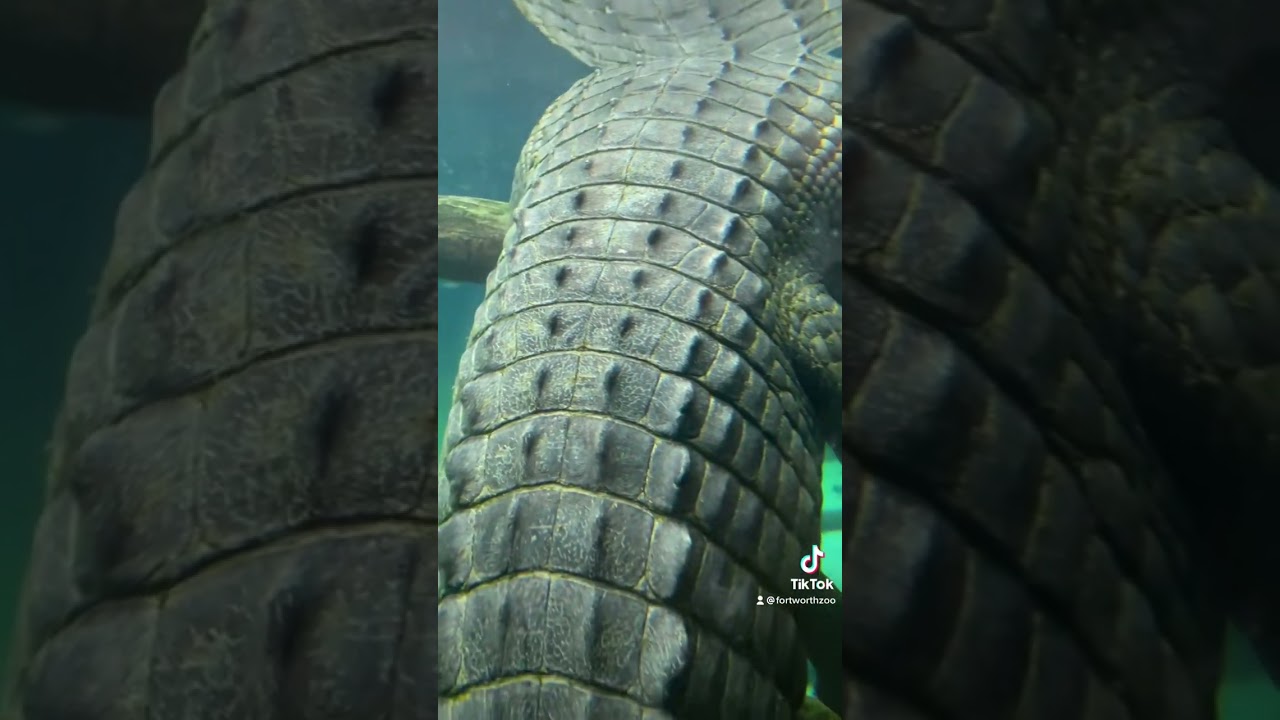- Introduction to marine wildlife observation and its importance for conservation efforts.
- Detailed analysis of common marine creatures encountered in various water bodies.
- The role of zoos and aquariums in marine conservation and public education.
- Challenges faced in marine wildlife conservation and the strategies employed to address them.
- Importance of public awareness and involvement in conserving marine ecosystems.
Observing aquatic wildlife in its natural habitat is essential for both education and conservation. Whether delighting in dolphins playfully leaping through the ocean or spotting a sneaky octopus nestled among rocky crevices, every encounter enriches our understanding of aquatic ecosystems. Seeing creatures in their natural environment fosters a connection that drives conservation initiatives.
Water bodies worldwide are home to spectacular diversity, ranging from microscopic plankton to formidable whales. Fish, a common sight, are vast in species and behaviors. From the solitary reef shark patrolling coral gardens to vibrant schools of parrotfish chomping down algae, each marine animal plays a crucial role in maintaining ecological balance.
Amphibians like frogs and salamanders, although primarily terrestrial, are pivotal to our understanding of local water bodies. They serve as bioindicators, signaling changes in environmental health. Their disappearance or proliferation often reflects shifting conditions such as pollution or habitat destruction.
Marine mammals, including majestic whales and curious sea otters, captivate human imagination and connect us deeply to the ocean. Their presence is often an indicator of a thriving marine ecosystem. Observing them in the wild or under expert care in zoos and aquariums provides valuable data for conservationists and researchers.
Zoos and aquariums significantly contribute to marine conservation. They engage the public through interactive exhibits and educational programs. These institutions serve as sanctuaries for endangered species, implementing breeding programs and research that might not be feasible in the wild. Their efforts aim to reintroduce species into their natural habitats when viable.
However, maintaining marine wildlife’s wellbeing amid human-induced challenges is an arduous task. Ocean pollution, overfishing, and climate change present severe threats. Coral bleaching, a direct consequence of warming waters, endangers countless marine species relying on reef ecosystems. Sustainable fishing practices are crucial in ensuring fish populations remain robust without depleting resources.
Mitigation strategies involve international cooperation. Policies to reduce carbon footprints and enhance marine protected areas are paramount. Enforcing fishing quotas and combating illegal fishing activities require global commitment, as marine creatures do not understand borders. Collaborative research efforts must prioritize innovative solutions to tackle these issues.
Public awareness is critical for conservation success. Outreach programs that educate about ecosystem importance and human impact can inspire collective action. Citizen science projects, where volunteers help collect ecological data, play a vital role. Engaging local communities fosters stewardship, prompting lifestyle changes to reduce marine litter and pollution directly.
Proactively addressing marine conservation ensures both biodiversity and human enjoyment of our breathtaking oceans and rivers for future generations. Through concerted efforts in research, policy-making, and education, society can work towards a sustainable coexistence with marine life. The more we learn and share our knowledge, the better equipped we become in safeguarding these essential habitats.
*****
Source Description
#shorts #spooky #water #zoo #creature


